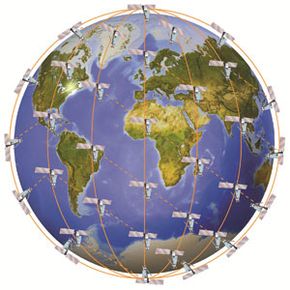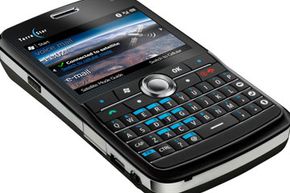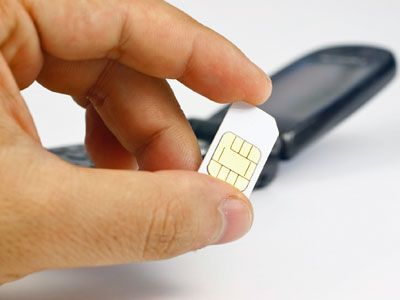Cell phone technology marches relentlessly forward. What were once luggage-sized bricks that made only voice calls are now slender smartphones with capabilities limited only by your imagination. Well, your imagination ... and your signal. Cell phones require cellular towers, which connect with varying (and often disappearing) signal strength. In those places where cell phones dare not wander -- that's where satellite phones prove their mettle.
Satellite phones boldly go where cell phones can't. They let you make phone calls from almost anywhere because their primary infrastructure is literally out of this world. Satellite phones don't rely on a terrestrial cell phone network. Instead, they beam their data directly to and from satellites orbiting Earth.
Advertisement
That technological leap unleashes satellite phones (or sat phones) from the bonds restricting their Earth-based brethren. Thus, they are the communication devices of choice in areas with minimal or non-existent cell coverage, such as sparsely populated or poor countries, locations where governments restrict cell and Internet access, or where natural disasters wreck ground-based systems.
In satellites systems, phones aren't always referred to as phones. Instead, many people call them terminals. No matter the name, they're the necessary end-user device that you need to connect to a satellite.
As with cell phones, terminals have all basic phone features. Yet, even though they are heavier and bulkier than cell phones, they aren't brimming with the nearly endless capabilities that your smartphone has. Instead, a sat phone is a stripped-down phone that you'll primarily use to place calls or send short text messages.
You might wonder how a satellite phone is different than the GPS (global positioning satellite) capability that's built into so many contemporary smart phones. GPS doesn't let you make calls or send texts; instead, it's simply for determining your location on the planet. Armed with GPS data, your phone can map your way to a distant city or find the closet Chinese restaurant. A sat phone, on the other hand, lets you make calls and transfer data via its satellite connection.
Keep reading and you'll see how satellite systems are sometimes superior to cell networks, and how not all sat phone configurations are the same.
Advertisement






